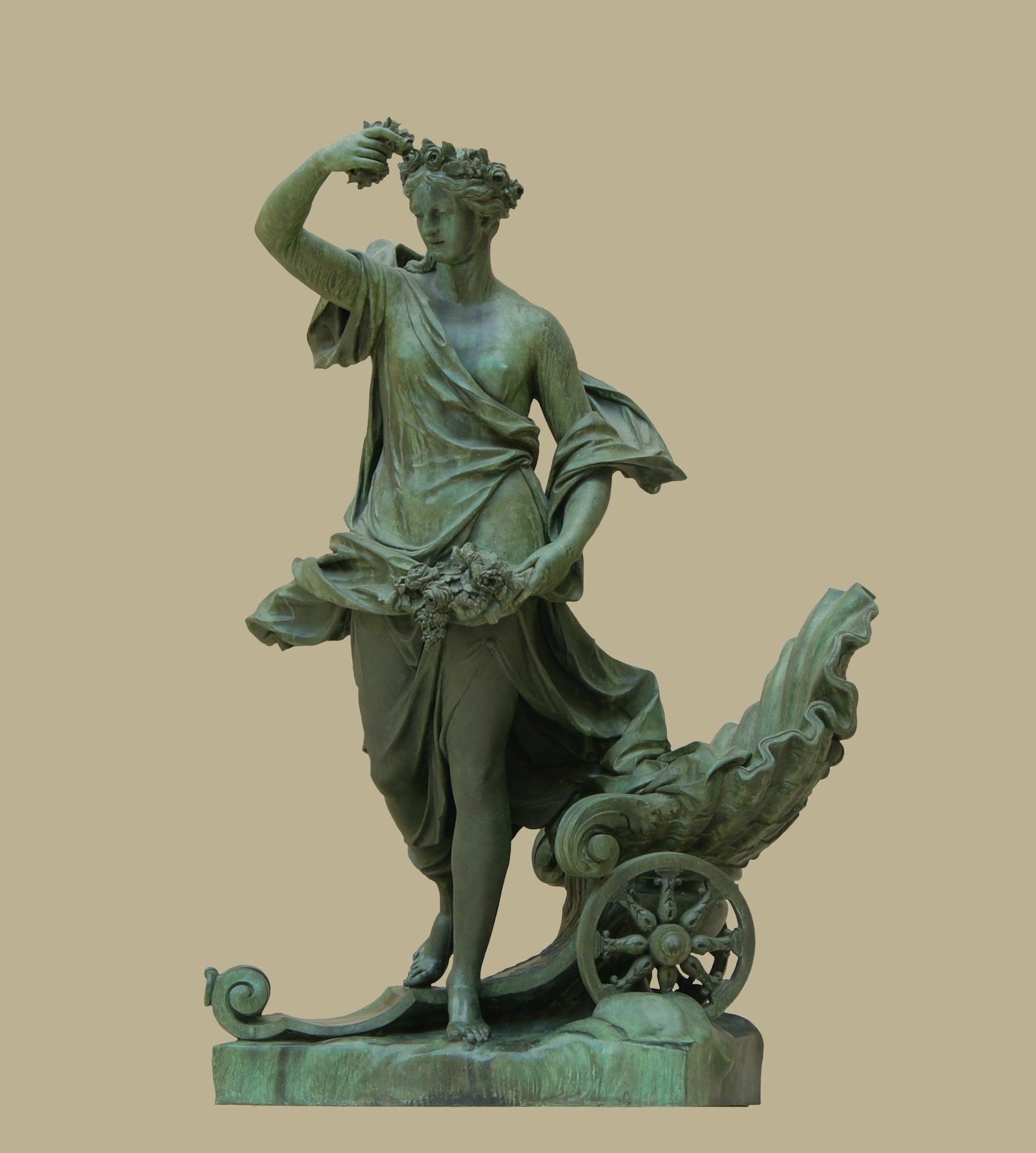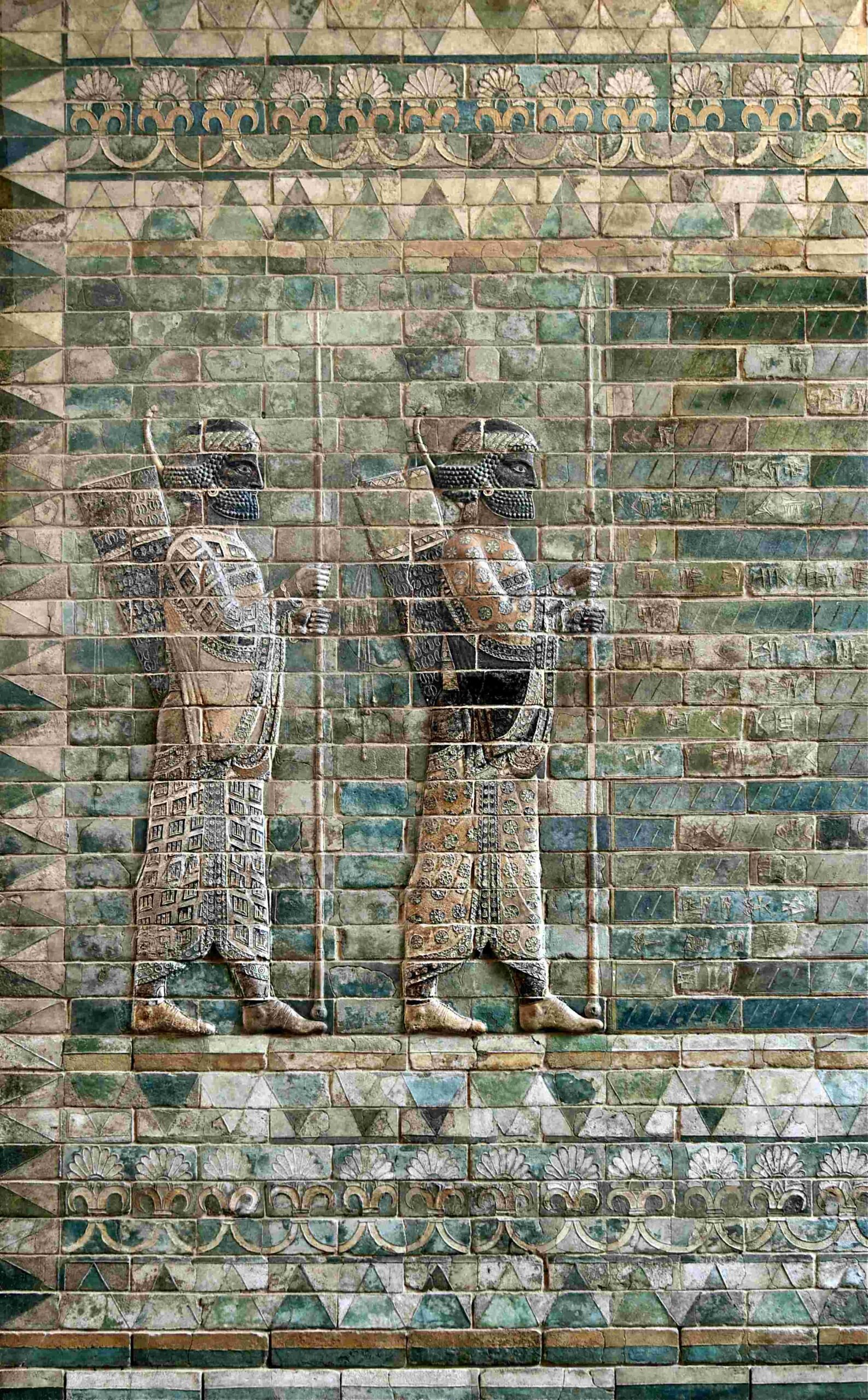The Louvre Museum, renowned for its vast collection of art and historical artifacts, also boasts remarkable ceiling details that often go unnoticed. Among these, the most notable is Cy Twombly’s ‘The Ceiling’ in the Salle des Bronzes Antiques. This 4,300 square feet masterpiece features a deep blue background with floating disks and names of famous Greek sculptors, creating a unique blend of contemporary art and classical inspiration. The ceiling’s design complements the Greek and Roman bronze statues in the gallery, showcasing the Louvre’s commitment to bridging ancient and modern art.
What Makes Cy Twombly’s Ceiling at the Louvre Unique?

Cy Twombly’s ceiling at the Louvre stands out for several reasons:
- First permanent work by an American artist since Georges Braque in the 1950s
- Deviates from Twombly’s typical graffiti-like style
- Spans 4,300 square feet, covering the entire Salle des Bronzes Antiques
- Features a deep blue background inspired by Chinese prints and Giotto’s work
- Incorporates names of famous Greek sculptors in bold strokes
The ceiling’s simplicity and geometric design create a harmonious atmosphere that enhances the viewing experience of the ancient bronzes displayed below.
How Was the Ceiling Constructed?

The construction of Twombly’s ceiling involved meticulous planning and execution:
- Painted on 11 strips of canvas, each 11 meters long
- Canvases glued to the ceiling using the marouflage technique
- Initially planned to use fiberglass panels, but opted for oil on canvas
- Work completed in a warehouse outside Paris
- Regular checks by Louvre specialists to ensure integrity
This process ensured the durability and longevity of the artwork while maintaining its visual impact.
What Historical Influences Shaped the Ceiling’s Design?
Twombly’s ceiling design draws inspiration from various historical sources:
| Influence | Description |
|---|---|
| Greek Sculpture | Names of famous Greek sculptors incorporated into the design |
| Renaissance Art | Blue hues inspired by Giotto’s use of lapis lazuli |
| Chinese Art | Color palette influenced by a Chinese print |
| Ancient Mythology | Design complements the Greek and Roman bronze statues in the gallery |
These influences create a rich tapestry of artistic heritage, blending ancient and modern aesthetics.
How Does the Ceiling Contribute to the Louvre’s Modernization Efforts?
The Louvre’s decision to commission Twombly’s ceiling is part of a broader initiative to modernize the museum:
- Inviting contemporary artists to contribute permanent works
- Creating a dialogue between ancient artifacts and modern art
- Enhancing visitor experience by refreshing traditional spaces
- Demonstrating the museum’s commitment to evolving artistic expressions
- Attracting new audiences interested in contemporary art
This approach helps the Louvre maintain its relevance in the ever-changing art world while honoring its historical significance.
What Conservation Efforts Are in Place for the Ceiling?
Preserving Twombly’s ceiling is a priority for the Louvre:
- Regular maintenance checks by conservation specialists
- Careful monitoring of environmental conditions in the gallery
- 2021 settlement with Twombly’s foundation to restore the room’s original appearance
- Adjustments to wall colors and display cases to maintain harmony with the ceiling
- Ongoing research into best practices for preserving contemporary art in historical settings
These efforts ensure that future generations can continue to appreciate this unique artwork.
How Does the Ceiling Enhance Visitor Experience?
Twombly’s ceiling contributes to the visitor experience in several ways:
- Creates a visually striking entrance to the Salle des Bronzes Antiques
- Provides a contemporary context for viewing ancient artifacts
- Encourages visitors to look up and engage with the entire space
- Offers a moment of contemplation amidst the museum’s vast collections
- Serves as a talking point and source of inspiration for art enthusiasts
By integrating modern art into a historical setting, the ceiling adds depth to the visitor’s journey through the Louvre.
What Are the Accessibility Considerations for Viewing the Ceiling?
While specific accessibility features for viewing the ceiling are not detailed in the provided sources, the Louvre generally ensures accessibility for all visitors:
- Elevators and ramps throughout the museum
- Guided tours for visitors with visual or hearing impairments
- Descriptive materials available in multiple formats
- Staff trained to assist visitors with special needs
- Regular assessments of accessibility measures
These considerations help ensure that all visitors can appreciate the ceiling and other artworks in the Louvre.
In conclusion, the Louvre Museum ceiling details, particularly Cy Twombly’s ‘The Ceiling’, represent a fascinating intersection of contemporary art and historical preservation. This unique installation not only enhances the museum’s aesthetic appeal but also demonstrates the Louvre’s commitment to evolving alongside the art world while honoring its rich heritage.

